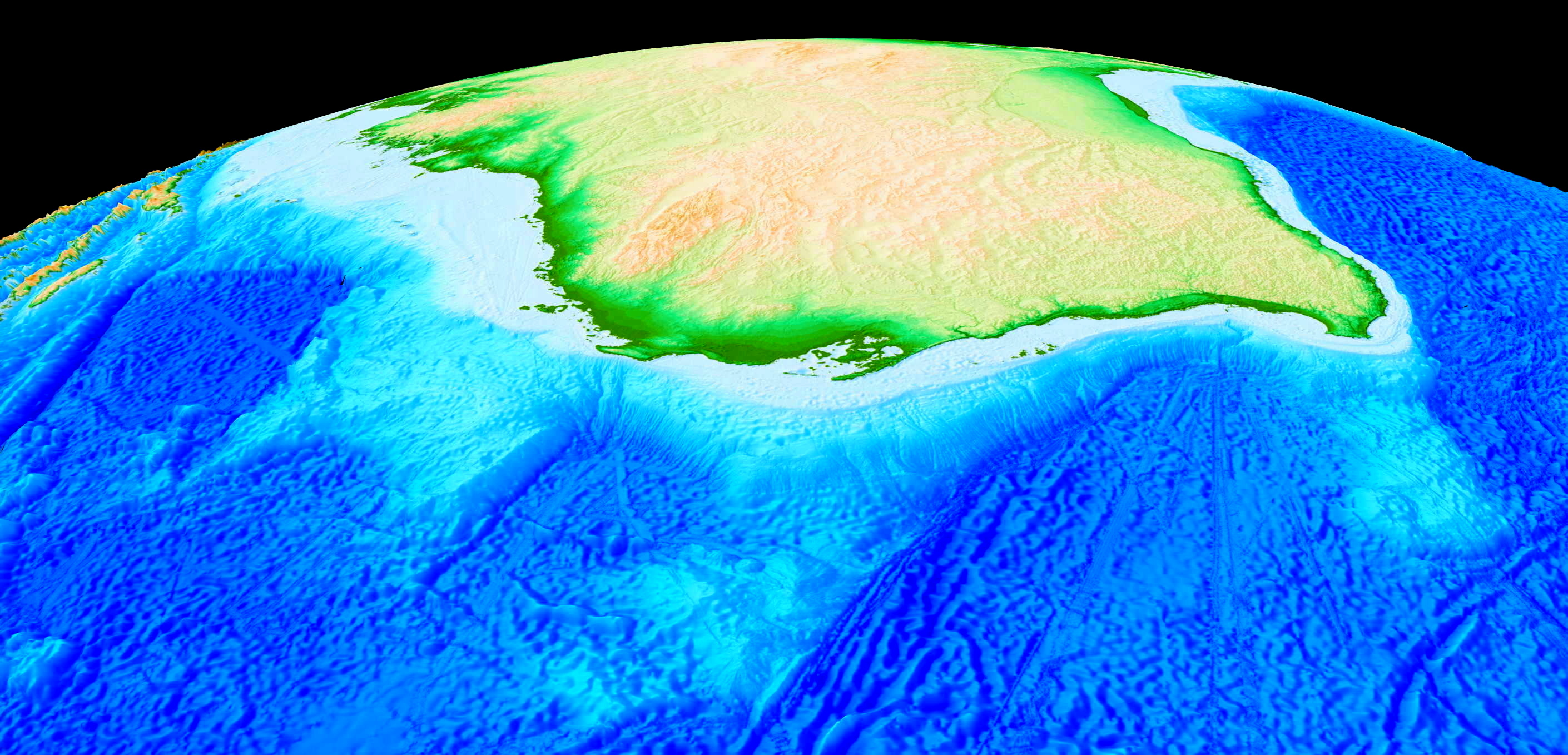Additional Zealandia Media Items … Read more…
News
Here are all the latest EarthByte news posts. See News Archive for recent years.
EarthByte also publishes the ‘GPlates News‘ newsletter every quarter. The GPlates newsletter contains features such as the latest GPlates updates, tutorials and datasets, EarthByte news highlights and much more! Click here to view the latest and past editions of ‘GPlates News‘, or subscribe to receive the newsletters.
Zealandia: Earth’s Hidden Continent
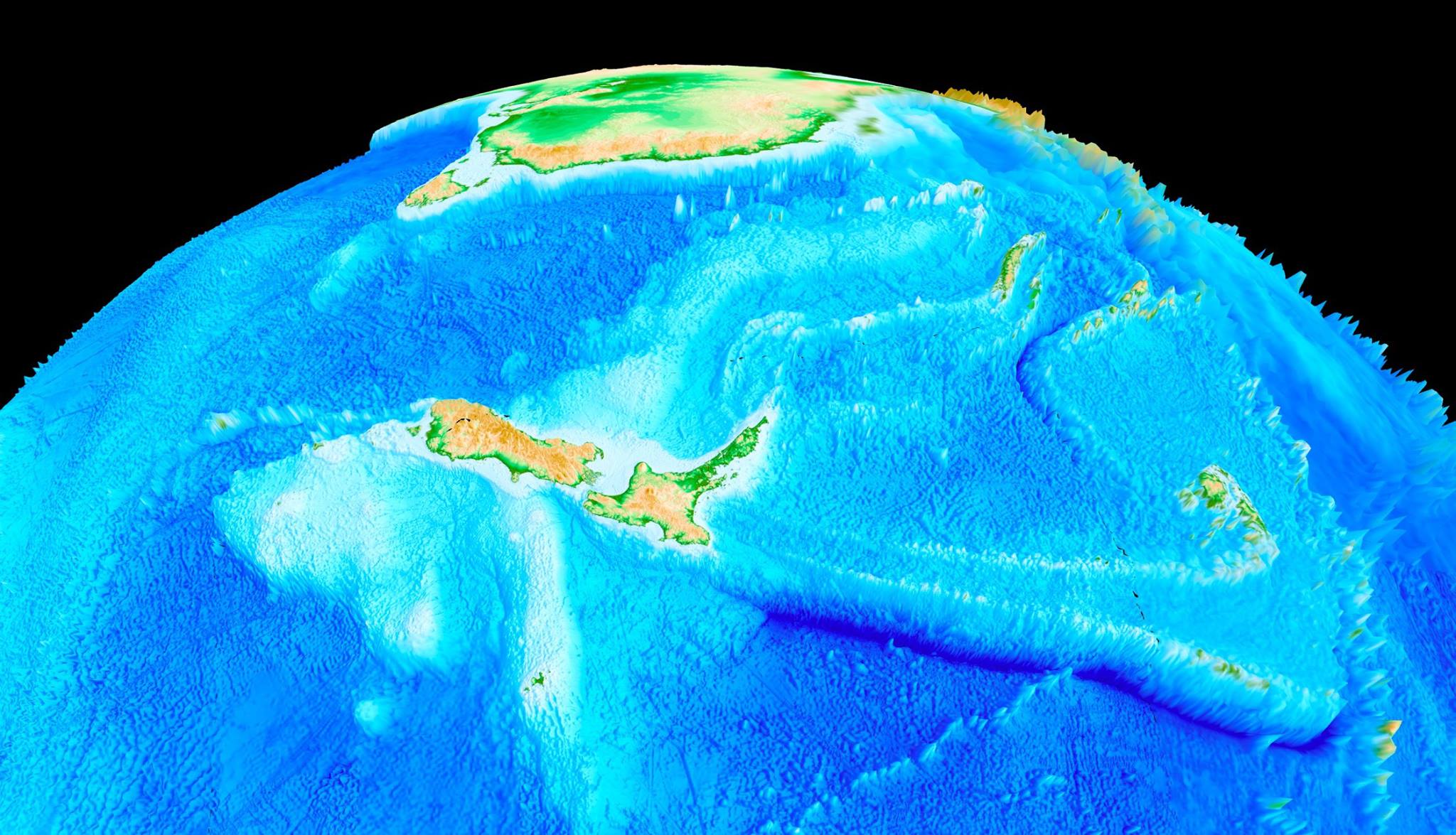 A paper published in GSA Today, Zealandia: Earth’s Hidden Continent, by Nick Mortimer and colleagues, including EarthByte’s Dr Maria Seton, has gone viral over the last few days. In the paper, researchers have for the first time clearly defined Zealandia, a continent that includes New Zealand, New Caledonia, and the Lord Howe and Norfold Islands, that is today 94% submerged beneath the Pacific Ocean. According to GSA Today’s editors, the article is “by a long shot” their most downloaded article ever. Picked up by hundreds of media outlets worldwide, the findings of the paper has reached an estimated 720 million readers!
A paper published in GSA Today, Zealandia: Earth’s Hidden Continent, by Nick Mortimer and colleagues, including EarthByte’s Dr Maria Seton, has gone viral over the last few days. In the paper, researchers have for the first time clearly defined Zealandia, a continent that includes New Zealand, New Caledonia, and the Lord Howe and Norfold Islands, that is today 94% submerged beneath the Pacific Ocean. According to GSA Today’s editors, the article is “by a long shot” their most downloaded article ever. Picked up by hundreds of media outlets worldwide, the findings of the paper has reached an estimated 720 million readers!
You can download the paper here. … Read more…
Badlands v2.0 is released
Today version 2.0 of Badlands has been released This release add new capabilities to the code: simulates river entering in the simulation area output of Chi parameter in Hdf5 flow network multi-erodibility layers creation 3D stratigraphic layer displacements This release is compatible with version 1.0.0 and will work with similar XML input files. Download Badlands (source … Read more…
Basin Genesis Hub computer model explains Early Cretaceous eastward flow of ancient Murray River
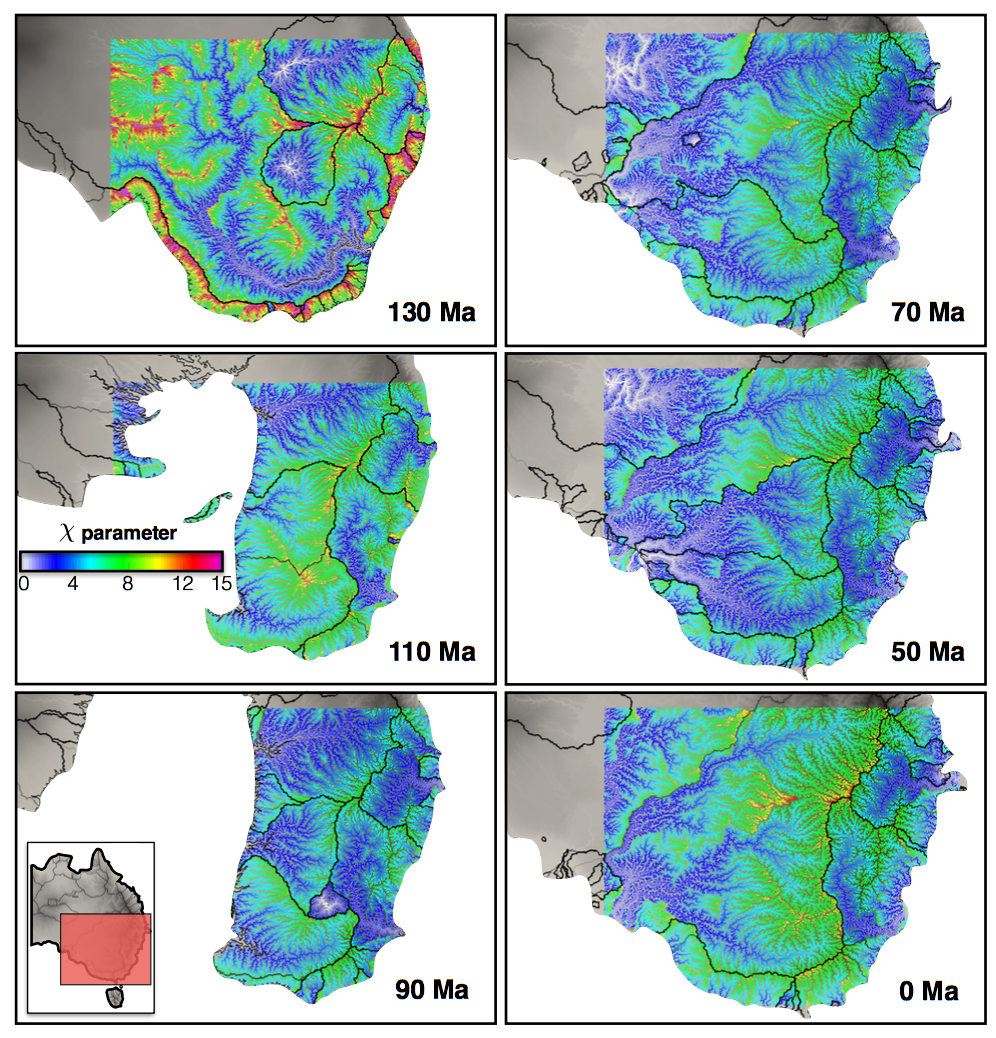 Australia is an outstanding natural laboratory to study the influence of dynamic topography on landscape evolution, having been largely unaffected by tectonic deformation since the Jurassic. Recent studies of the past eastern Australian landscape from present-day longitudinal river profiles and from mantle flow models suggest that the interaction of plate motion with mantle convection accounts for the two phases of large-scale uplift of the region since 120 Ma. … Read more…
Australia is an outstanding natural laboratory to study the influence of dynamic topography on landscape evolution, having been largely unaffected by tectonic deformation since the Jurassic. Recent studies of the past eastern Australian landscape from present-day longitudinal river profiles and from mantle flow models suggest that the interaction of plate motion with mantle convection accounts for the two phases of large-scale uplift of the region since 120 Ma. … Read more…
Modelling and visualizing distributed compressional plate deformation using GPlates2.0: The Arctic Eurekan Orogeny
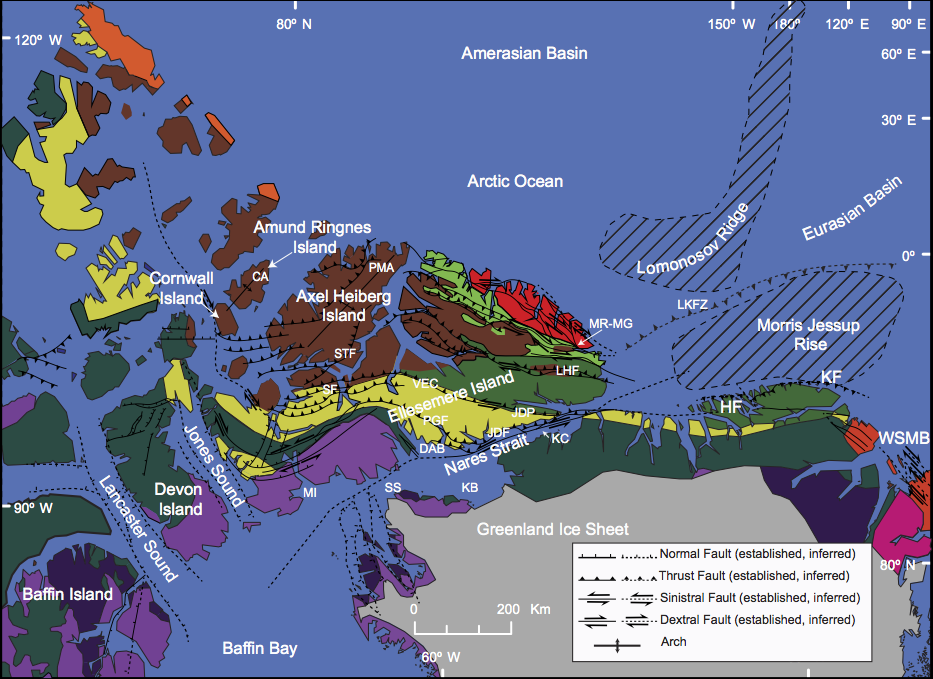 Present-day distributed plate deformation is being mapped and simulated in great detail, largely based on satellite observations. In contrast, the modelling of and data assimilation into deforming plate models for the geological past is still in its infancy. The recently released GPLates2.0 software provides a framework for building plate models including diffuse deformation. … Read more…
Present-day distributed plate deformation is being mapped and simulated in great detail, largely based on satellite observations. In contrast, the modelling of and data assimilation into deforming plate models for the geological past is still in its infancy. The recently released GPLates2.0 software provides a framework for building plate models including diffuse deformation. … Read more…
EarthByters find that death of ancient ocean between China and Russia triggered mantle upwelling
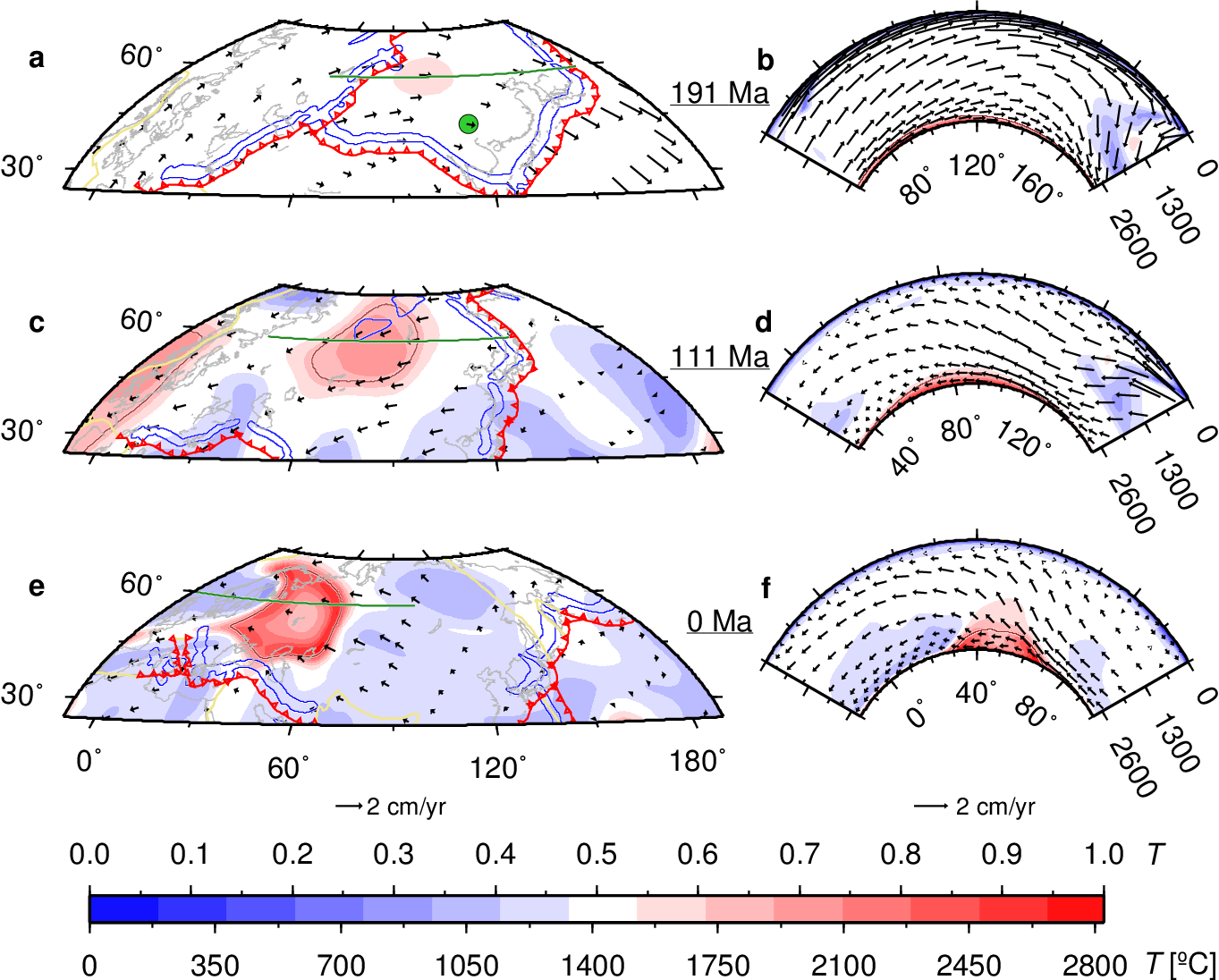 A collaboration between the University of Wollongong, the EarthByte Group at the University of Sydney, the California Institute of Technology and ETH Zürich have solved the mystery of the formation of a recently discovered structure 2,500 km below the city of Perm in Russia.
A collaboration between the University of Wollongong, the EarthByte Group at the University of Sydney, the California Institute of Technology and ETH Zürich have solved the mystery of the formation of a recently discovered structure 2,500 km below the city of Perm in Russia.
Earth’s lowermost rocky mantle, just above its iron-rich core, is characterised by two giant hot upwellings under the Pacific Ocean and Africa. Many islands in the Pacific and around Africa owe their volcanic activity to “hotspots” within these large, hot regions deep underneath the surface. … Read more…
EarthByte Welcomes Hongjun Hui
EarthByte welcomes visiting student Hongjun Hui.
Summer Scholarship Students 2017
EarthByte welcomes Summer Scholarship Students Madison East and Louis Johansson.
EarthByte-Augury Basin Genesis Hub field trip to the Sydney Basin Permo-Triassic sequence
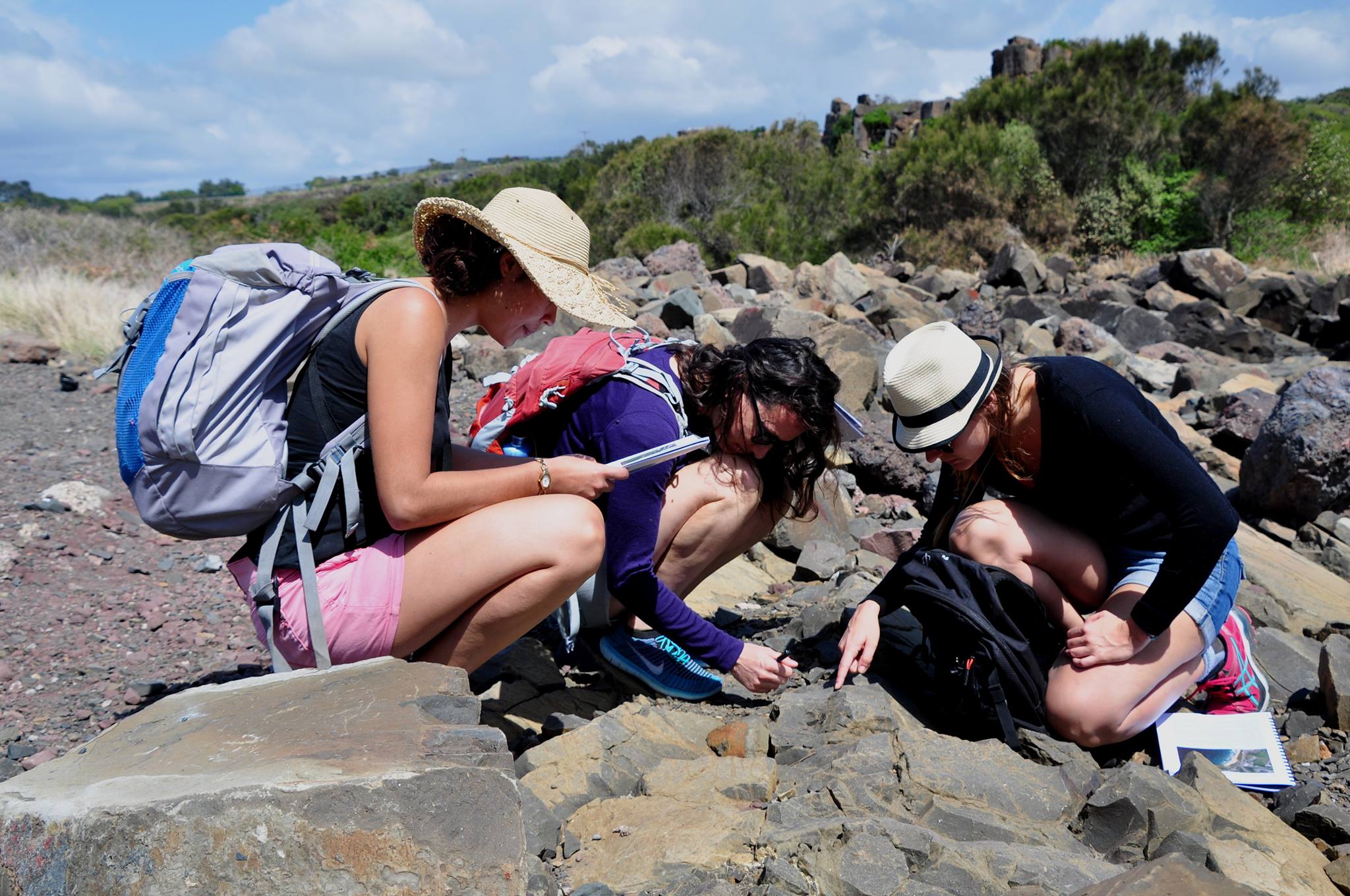 The collaboration between the EarthByters at the School of Geosciences, University of Sydney and the Lyon-based Augury geodynamics group, who are currently visiting Sydney, led to a field trip to the Late Permian-Early Triassic Sydney Basin succession, beautifully exposed along the coastal Illawarra region. … Read more…
The collaboration between the EarthByters at the School of Geosciences, University of Sydney and the Lyon-based Augury geodynamics group, who are currently visiting Sydney, led to a field trip to the Late Permian-Early Triassic Sydney Basin succession, beautifully exposed along the coastal Illawarra region. … Read more…
Augury Geodynamics team visits Earthbyte Group in December 2016 in the quest towards Plate Tectonics 2.0
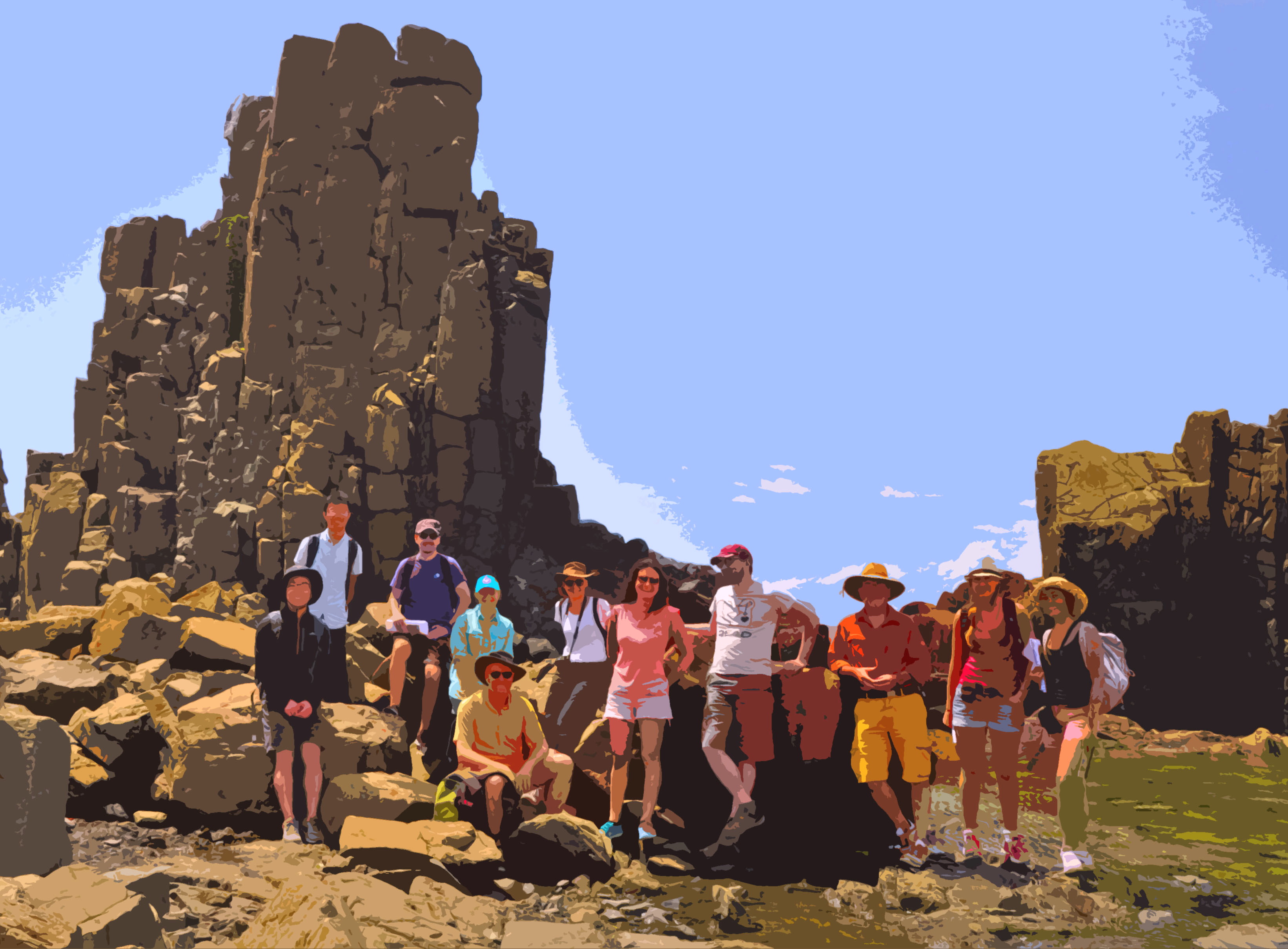 Our geodynamics collaborators from the Augury Geodynamics Group, Univ. Lyon, are spending the month of December 2016 with the EarthByte Group to collaborate on a range of issues revolving around seeking improved connections between kinematic (plate tectonic) and dynamic Earth models to advance our understanding and knowledge of the evolution of the solid Earth and the “rules of plate tectonics”. Even though some basic rules of plate tectonics have been accepted since the 70s, these rules are not extensive enough to understand the dynamic, time-dependent interaction between the convecting mantle and the tectonic plates. The visit is inspired by the move towards Plate Tectonics 2.0 – the development of a unified conceptual and methodological framework to understand how the shallow crust, landscapes, continental margins, and ocean basins interact with the coupled non-linear evolution of the plates and deep Earth through time.
Our geodynamics collaborators from the Augury Geodynamics Group, Univ. Lyon, are spending the month of December 2016 with the EarthByte Group to collaborate on a range of issues revolving around seeking improved connections between kinematic (plate tectonic) and dynamic Earth models to advance our understanding and knowledge of the evolution of the solid Earth and the “rules of plate tectonics”. Even though some basic rules of plate tectonics have been accepted since the 70s, these rules are not extensive enough to understand the dynamic, time-dependent interaction between the convecting mantle and the tectonic plates. The visit is inspired by the move towards Plate Tectonics 2.0 – the development of a unified conceptual and methodological framework to understand how the shallow crust, landscapes, continental margins, and ocean basins interact with the coupled non-linear evolution of the plates and deep Earth through time.
GPlates 2.0 Released
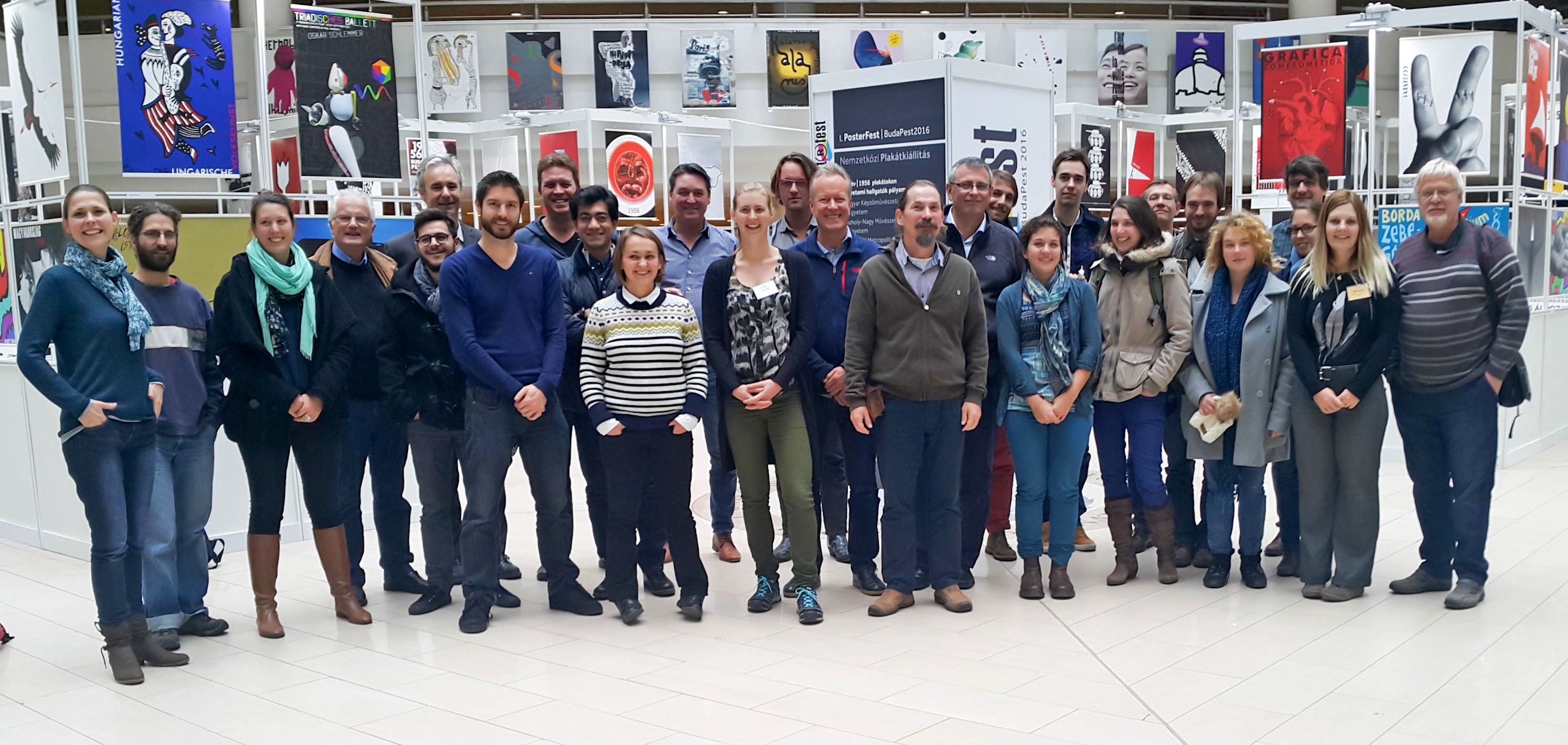 GPlates 2.0 was released last week, with lots of new features including plate deformation, volume rendering, much improved project and session management, a plate topology building tool and an interactive tool to determine best-fit rotation poles using the method of Hellinger, and much more. Check out the full list of improvements here. … Read more…
GPlates 2.0 was released last week, with lots of new features including plate deformation, volume rendering, much improved project and session management, a plate topology building tool and an interactive tool to determine best-fit rotation poles using the method of Hellinger, and much more. Check out the full list of improvements here. … Read more…
Guatemala paleoseismicity
 A new paper by Basin Hub Member Gilles Brocard and co-authors on the paleo-seismicity of the North America-Caribbean plate boundary in Guatemala was published in Scientific Reports earlier this week. … Read more…
A new paper by Basin Hub Member Gilles Brocard and co-authors on the paleo-seismicity of the North America-Caribbean plate boundary in Guatemala was published in Scientific Reports earlier this week. … Read more…
NW Shelf Basin Hub workshop at Curtin University
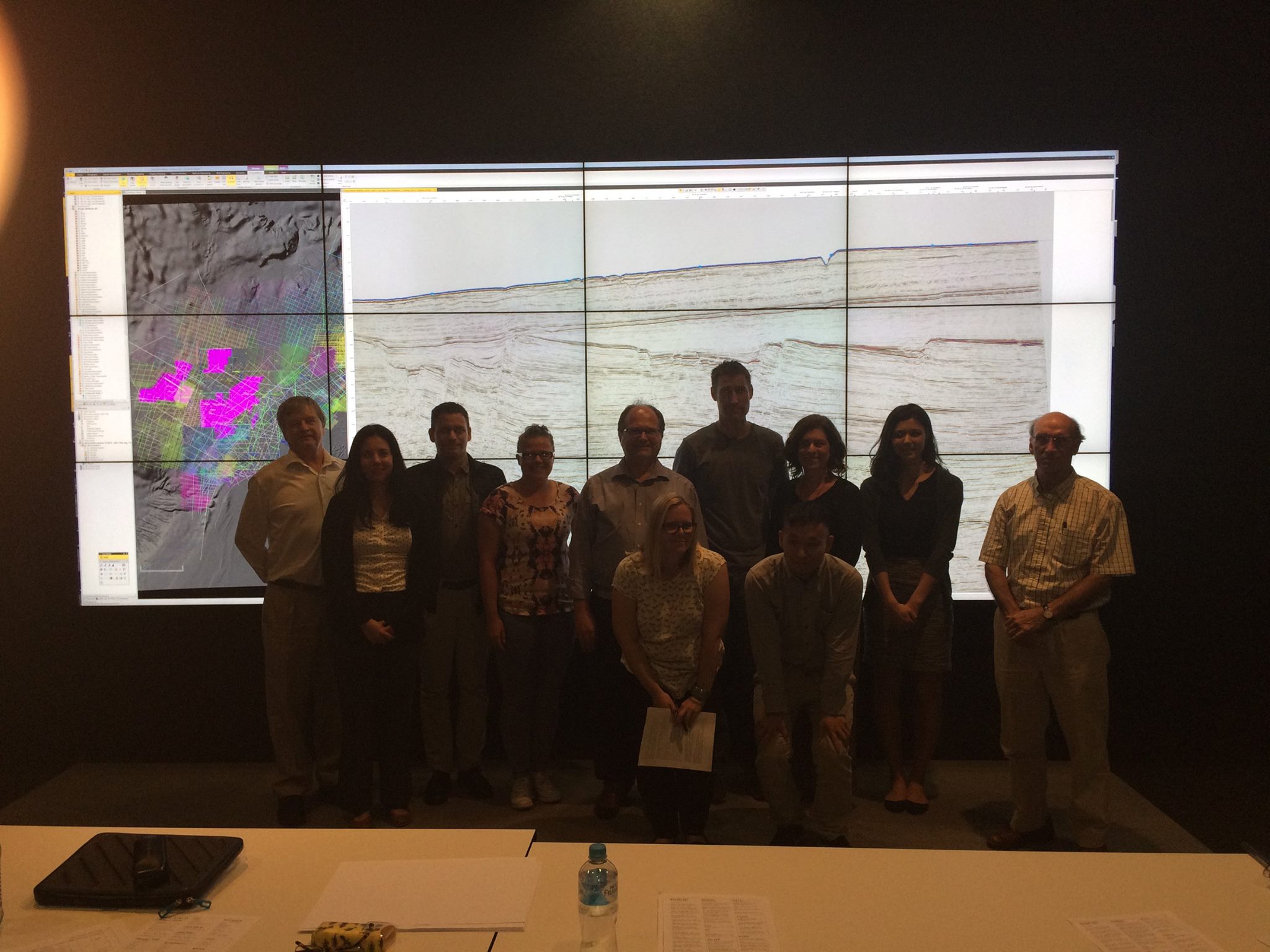 A number of Basin Hub members have gathered at Curtin University in Perth to brainstorm and discuss progress on research relating to the tectonic and surface process evolution of the NW Australian shelf. Our PhD student Amy I’Anson sends these photos of the team using Curtin’s spectacular HIVE 24 megapixel screen. Very cool! … Read more…
A number of Basin Hub members have gathered at Curtin University in Perth to brainstorm and discuss progress on research relating to the tectonic and surface process evolution of the NW Australian shelf. Our PhD student Amy I’Anson sends these photos of the team using Curtin’s spectacular HIVE 24 megapixel screen. Very cool! … Read more…
Dietmar Müller awarded Vice–Chancellor’s Award for Outstanding Research
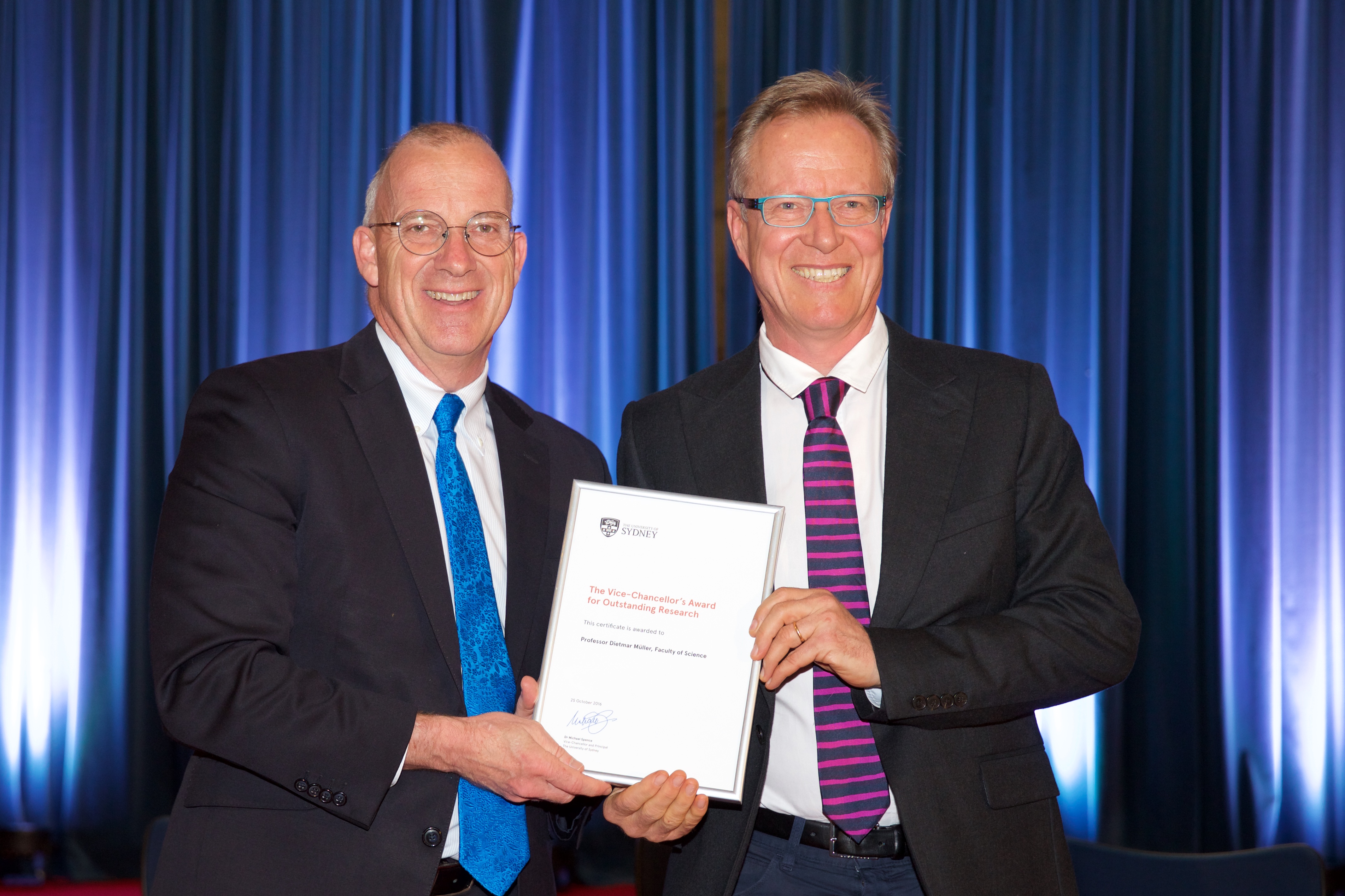 Dietmar Müller was awarded one of four 2016 Vice–Chancellor’s Award for Outstanding Research at the University of Sydney’s first annual award ceremony on the 25th of October. The award reflects many years of inspired, highly productive team work by the entire EarthByte Group, without whom this would not have been possible. It’s really an award for all EarthByters! … Read more…
Dietmar Müller was awarded one of four 2016 Vice–Chancellor’s Award for Outstanding Research at the University of Sydney’s first annual award ceremony on the 25th of October. The award reflects many years of inspired, highly productive team work by the entire EarthByte Group, without whom this would not have been possible. It’s really an award for all EarthByters! … Read more…
GPlates 2.0 software and data sets
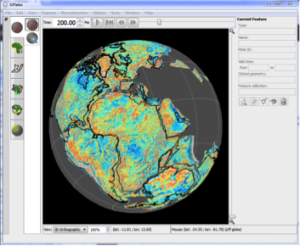 GPlates is a free desktop software for the interactive visualisation of plate-tectonics. The compilation and documentation of GPlates 2.0 data was primarily funded by AuScope National Collaborative Research Infrastructure (NCRIS).
GPlates is a free desktop software for the interactive visualisation of plate-tectonics. The compilation and documentation of GPlates 2.0 data was primarily funded by AuScope National Collaborative Research Infrastructure (NCRIS).
GPlates is developed by an international team of scientists and professional software developers at the EarthByte Project (part of AuScope) at the University of Sydney, the Division of Geological and Planetary Sciences (GPS) at CalTech, the Geodynamics team at the Geological Survey of Norway (NGU) and the Centre for Earth Evolution and Dynamics (CEED) at the University of Oslo. … Read more…
EarthByte Honours Projects 2017
EarthByte has now released a list of Honours projects to be offered in 2017. These projects are outlined below.
… Read more…
Basin Genesis Hub surface processes workshop
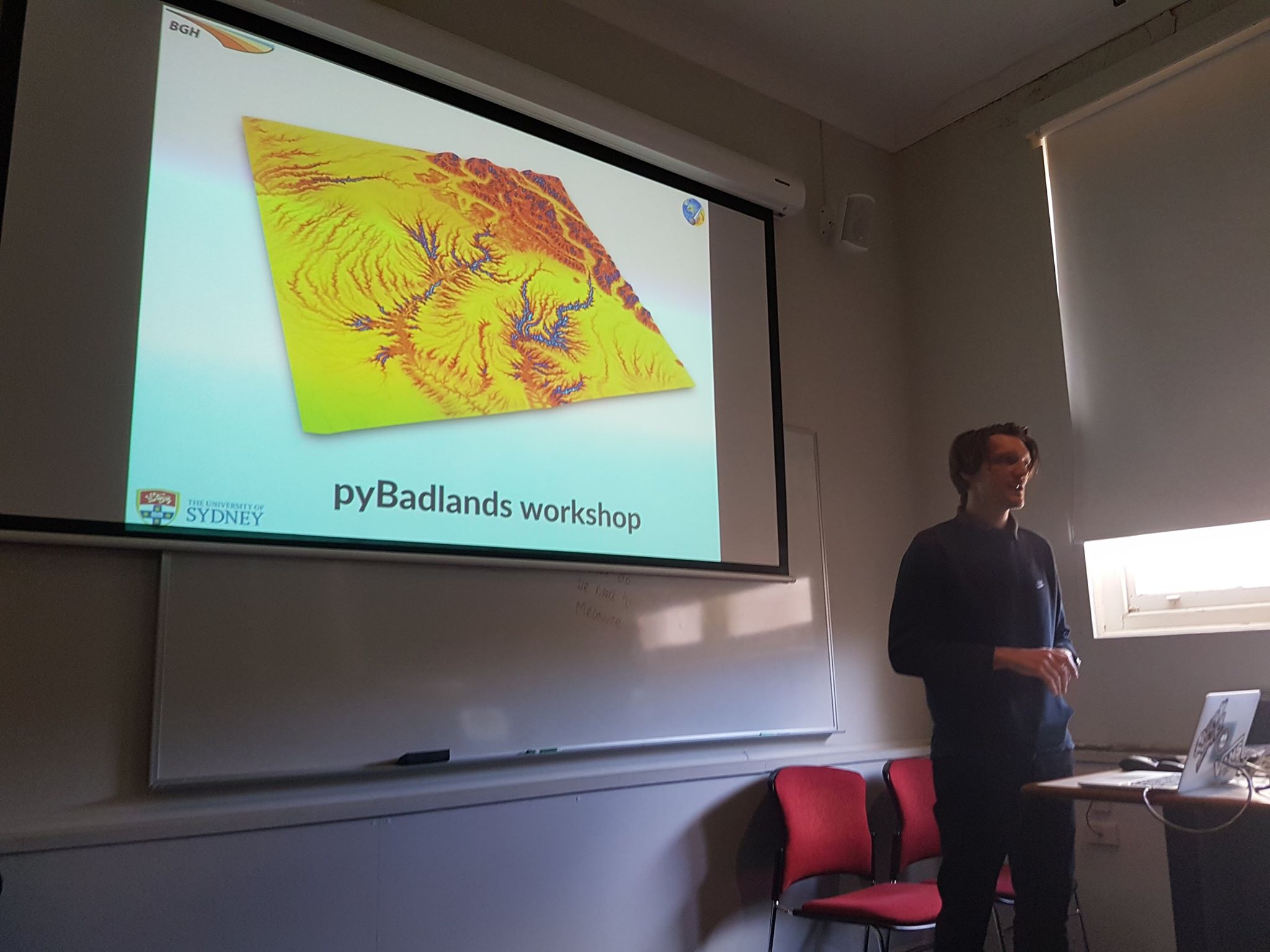 Greetings from the surface processes workshop using the open-source Badlands code developed by our very own Tristan Salles as part of the Basin GENESIS Hub. Today we covered how to use Docker/Kitematic to download the pyBadlands virtual machine and run the examples (mountain building, delta formation, and so on). … Read more…
Greetings from the surface processes workshop using the open-source Badlands code developed by our very own Tristan Salles as part of the Basin GENESIS Hub. Today we covered how to use Docker/Kitematic to download the pyBadlands virtual machine and run the examples (mountain building, delta formation, and so on). … Read more…
Jiabao Zhang’s summer internship in the Basin Genesis Hub
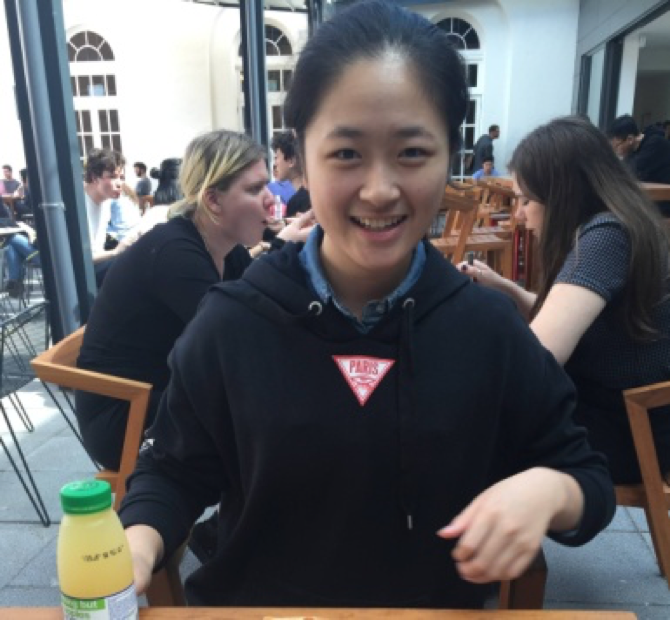 Jiabao Zhang, bachelor student at the University of Geosciences in Wuhan, China, visited the Basin Genesis Hub for a month in September 2016 to practice numerical modelling in geomorphology under the supervision of Dr Gilles Brocard and Dr Tristan Salles. … Read more…
Jiabao Zhang, bachelor student at the University of Geosciences in Wuhan, China, visited the Basin Genesis Hub for a month in September 2016 to practice numerical modelling in geomorphology under the supervision of Dr Gilles Brocard and Dr Tristan Salles. … Read more…
Surface Processes Modelling Workshop
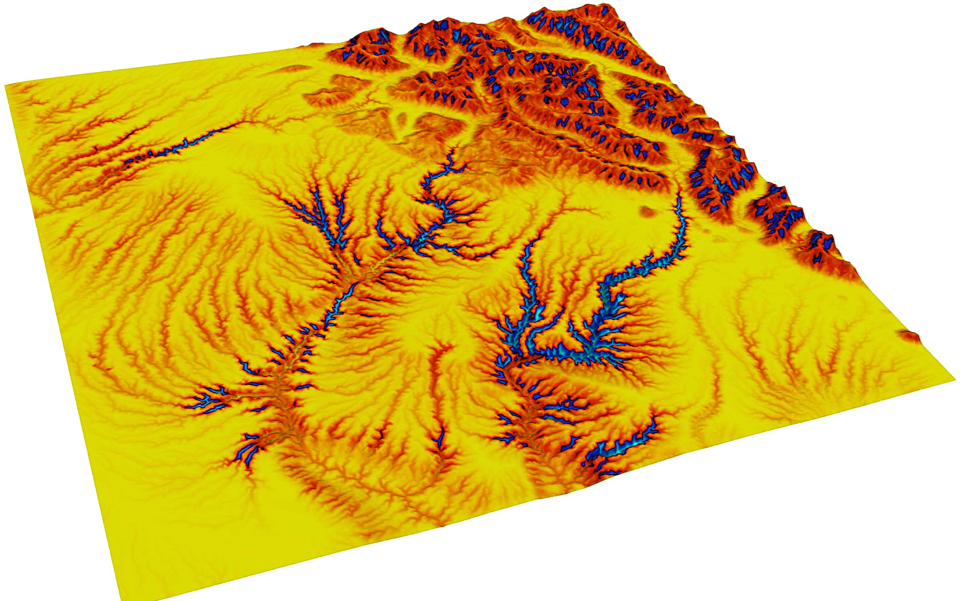 The EarthByte Group will conduct a 2 days workshop on surface processes modelling on the 13th and 14th of October in the Madsen Building at the School of Geoscience, The University of Sydney, Australia.
The EarthByte Group will conduct a 2 days workshop on surface processes modelling on the 13th and 14th of October in the Madsen Building at the School of Geoscience, The University of Sydney, Australia.
The workshop aims to introduce those interested in landscape evolution and source to sink problems to a new open-source code: Badlands. Note that you do not have to be a seasoned modeller to participate. Geomorphologists, tectonicists and sedimentologists interested in testing conceptual models based on field observations are welcome! … Read more…
EarthByte Welcomes Ömer Bodur
EarthByte Welcomes new PhD candidate Ömer Bodur.
Deep Carbon Modelling Workshop
Date: August 29 – 30 2016 Venue: The University of Sydney Description: A two-day workshop bringing together climate and geo-scientists from around Sydney and international collaborators on the DCO-funded Deep Carbon Modelling project. Deep carbon science describes the multi-disciplinary effort to unravel the dynamic interactions of carbon-bearing systems in deep time. The workshop will focus on exploring the interplays … Read more…
Taking the pulse of the global ocean
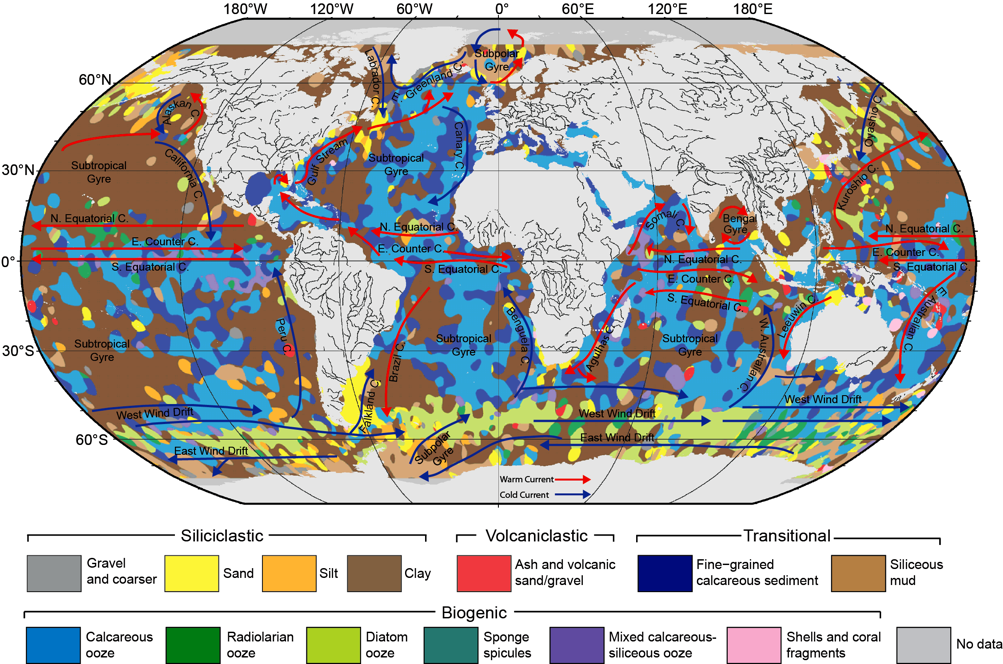 When organic particles sink from the surface ocean to the seafloor, a small but significant proportion of atmospheric carbon is stored away. Adriana Dutkiewicz and colleagues at the University of Sydney and Data61/CSIRO have now used global data sets collected over decades combined with cutting-edge big data analysis to understand how this process depends on surface ocean environments. … Read more…
When organic particles sink from the surface ocean to the seafloor, a small but significant proportion of atmospheric carbon is stored away. Adriana Dutkiewicz and colleagues at the University of Sydney and Data61/CSIRO have now used global data sets collected over decades combined with cutting-edge big data analysis to understand how this process depends on surface ocean environments. … Read more…
Commotion in the deep Southern Ocean
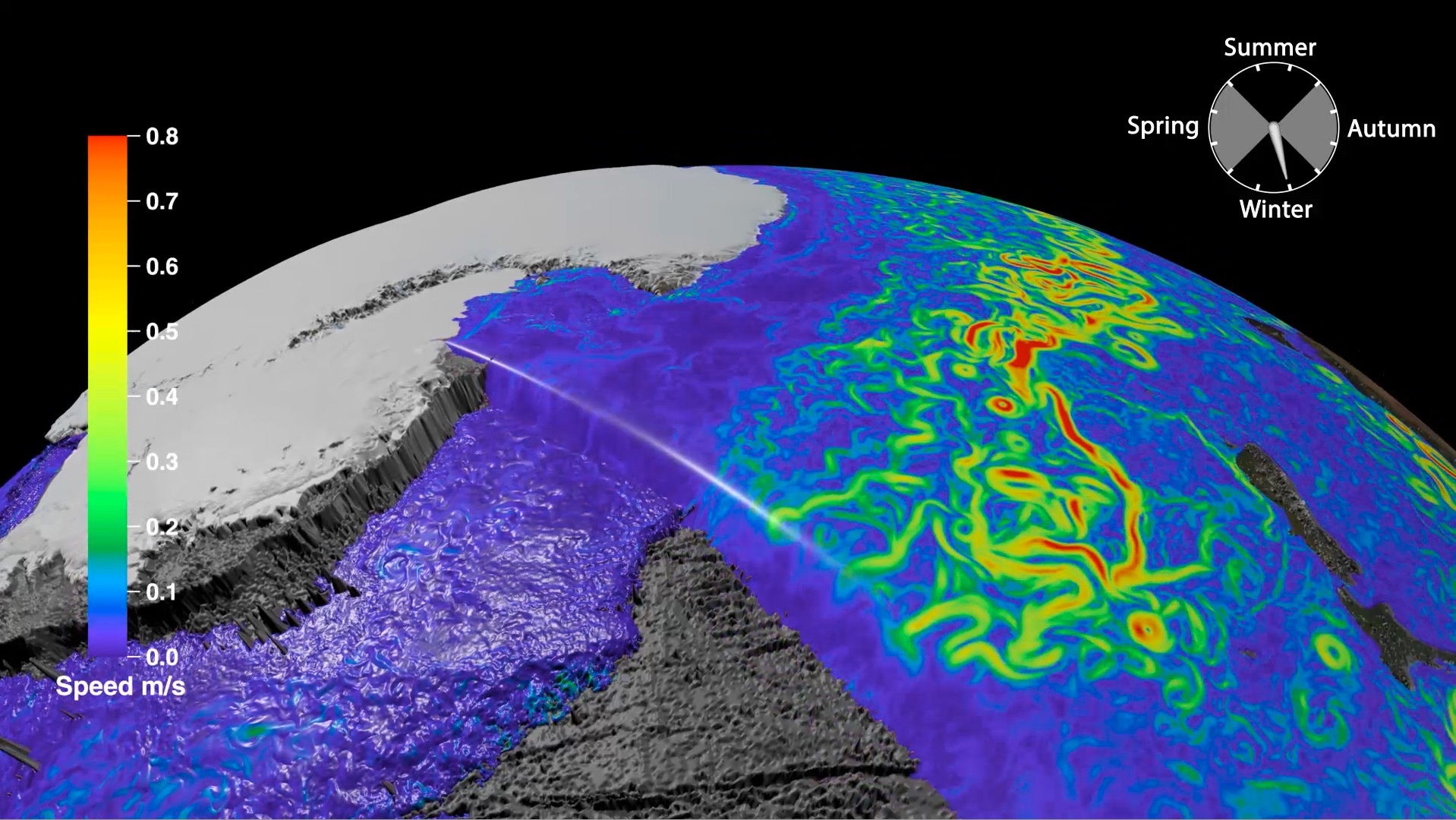 Congratulations Adriana Dutkiewicz, Dietmar Müller, Andrew Hogg, and Paul Spence for their recent paper published in Geology. Their paper, Vigorous deep-sea currents cause global anomaly in sediment accumulation in the Southern Ocean, revealed an enormous stretch of the Southern Ocean where sediments are building up at a rate that dwarfs other deep ocean locations. The work has attracted the attention of media internationally. … Read more…
Congratulations Adriana Dutkiewicz, Dietmar Müller, Andrew Hogg, and Paul Spence for their recent paper published in Geology. Their paper, Vigorous deep-sea currents cause global anomaly in sediment accumulation in the Southern Ocean, revealed an enormous stretch of the Southern Ocean where sediments are building up at a rate that dwarfs other deep ocean locations. The work has attracted the attention of media internationally. … Read more…
Commotion in the deep Southern Ocean
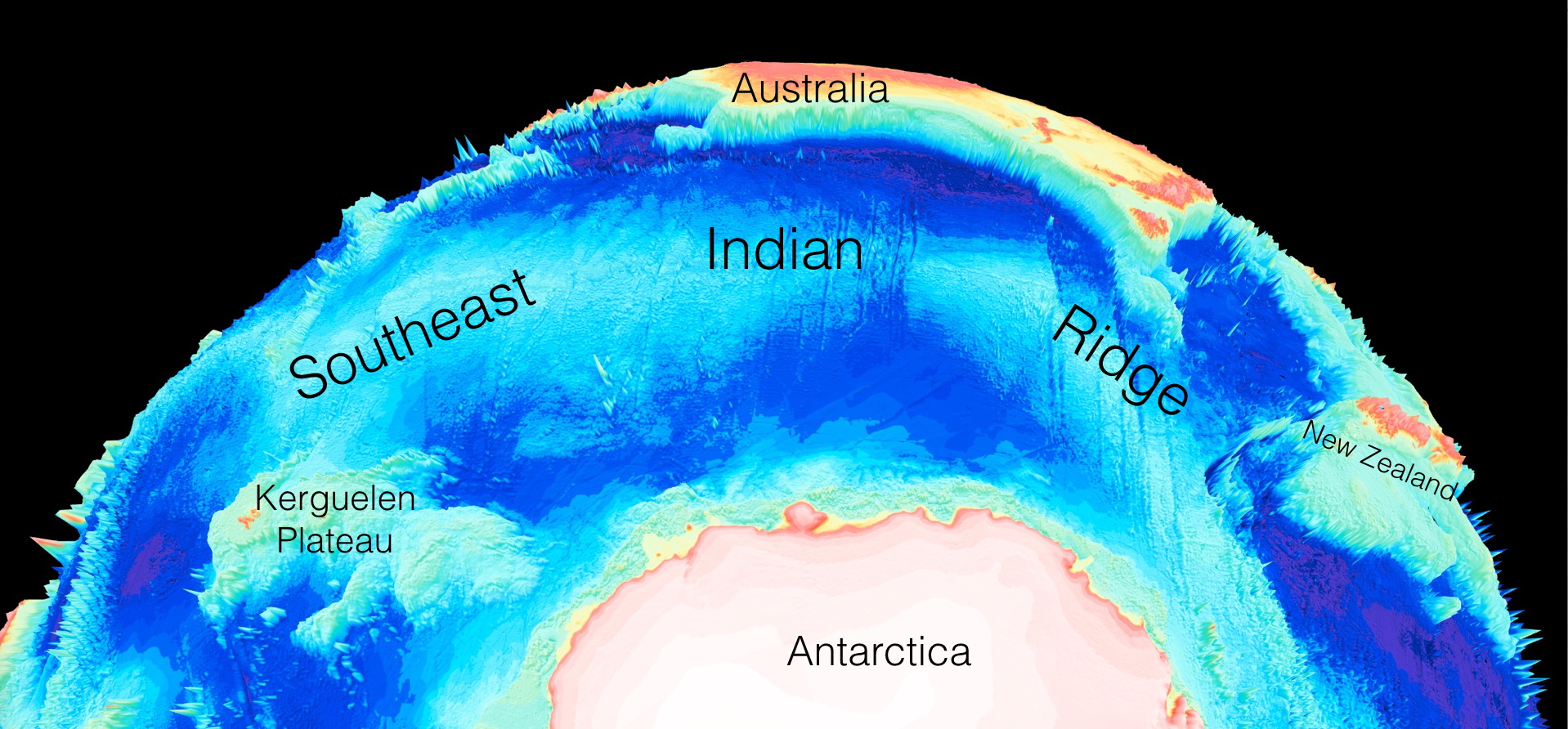
A team led by the University of Sydney School of Geosciences has found an 8,000-km long sediment pile-up in the middle of the Southern Ocean, making this feature unique in the world. Their study was published today in the leading international journal Geology. … Read more…
Welcome Back RV Investigator
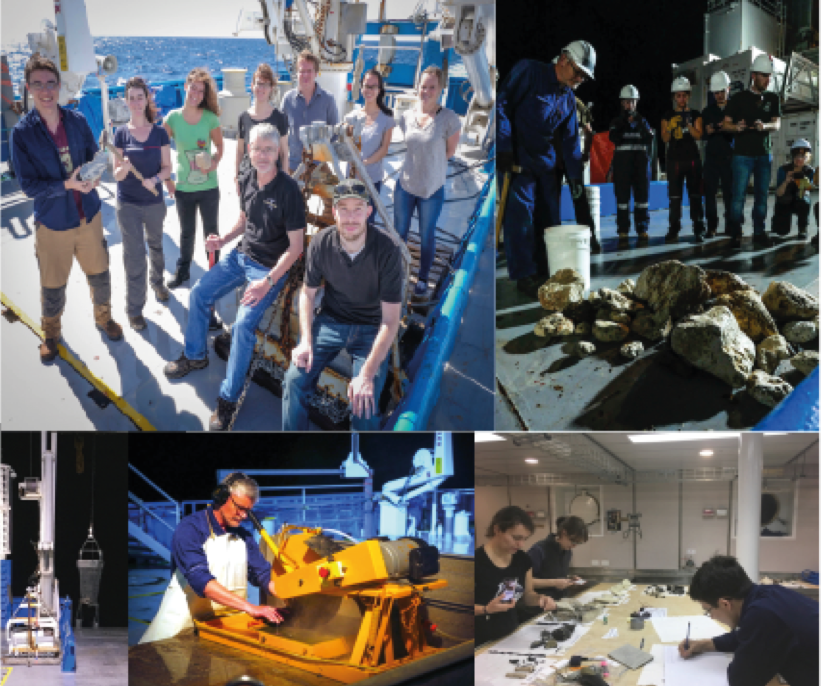 Welcome back to the geoscience crew from the ECOSAT II voyage on the RV Investigator! After braving close to 10 meter high waves and over 50 knot winds on their approach into Hobart, the team made it back safely with an impressive haul of rocks, geophysical data and the experience of a lifetime. … Read more…
Welcome back to the geoscience crew from the ECOSAT II voyage on the RV Investigator! After braving close to 10 meter high waves and over 50 knot winds on their approach into Hobart, the team made it back safely with an impressive haul of rocks, geophysical data and the experience of a lifetime. … Read more…
The pains and strains of a continental breakup
Every now and then in Earth’s history, a pair of continents draws close enough to form one. There comes a time, however, when they must inevitably part ways. Now scientists at Australia’s EarthByte research group, in collaboration with the German Research Centre for Geosciences, have revealed the underlying mechanics of a continental breakup when this … Read more…
Dietmar Müller finalist for AuScope Excellence in Research Award
Recently the Australian geoscience community celebrated a decade of AuScope achievements. EarthByte’s very own Prof Dietmar Muller was an award finalist for excellence in scientific research and providing tools (such as GPlates) that enable scientific development in our community. GPlates is an open-source and cross-platform tool that is accessible to high school teachers, research scientists and anyone … Read more…
Nicky Wright at Urbino Summer School in Paleoclimatology
PhD Candidate Nicky Wright is currently in Italy attending The 13th Urbino Summer School in Paleoclimatology. The summer school aims to provide early-career researchers with advanced working knowledge on paleobiological and geochemical proxy data and their use in reconstructing and modelling of past climate.

